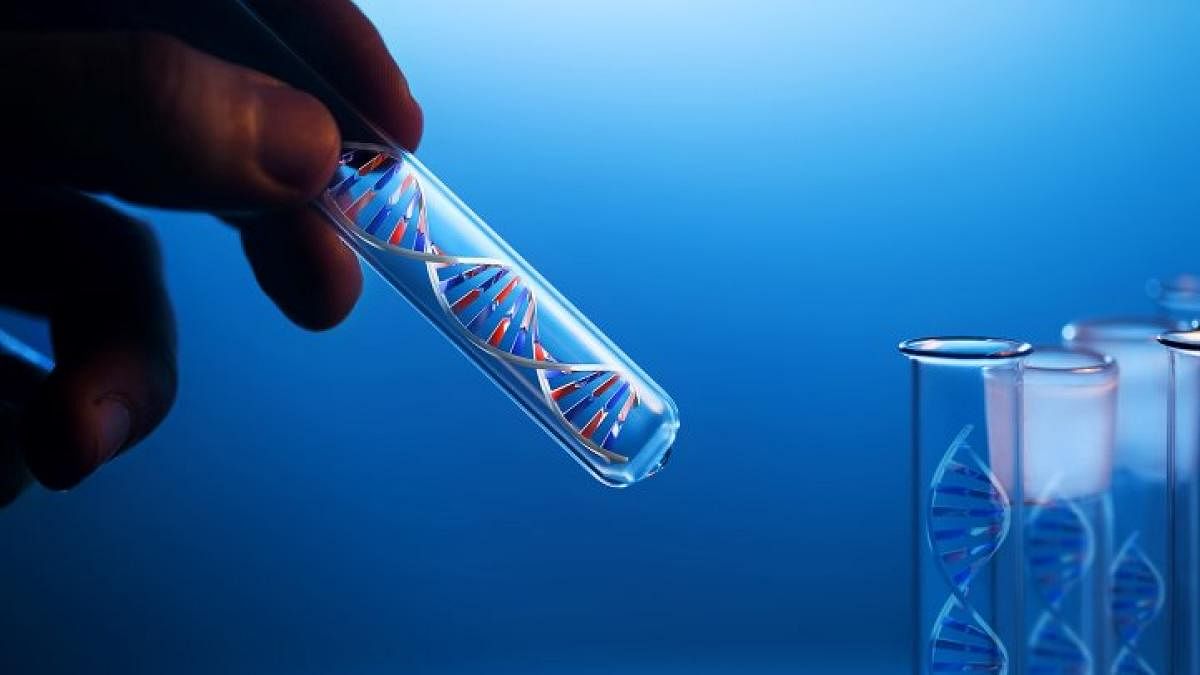A new class of drugs have appeared in medicine and promise much better treatment for diseases like cancer, diabetes and other immune system-based conditions like rheumatoid arthritis, etc. These are called “biologicals” or “biopharmaceuticals” and are new in the sense that they differ from older medicines that were mostly of chemical origin as they have a different method of production, called “recombinant technology”, wherein there is joining together of DNA (deoxyribonucleic acid — the hereditary material) molecules from different species that are inserted into a host organism to produce new genetic combinations that are of value.
In 1977, for example, a research team had spliced (inserted) a rat insulin gene (DNA) into a bacterium that then produced a huge amount of insulin. This was indeed a major breakthrough, because earlier to this the only source of insulin for humans to treat diabetes was from cows and other animals.
Other drugs produced by ‘recombinant technology’ include growth hormone, erythropoietin, calcitonin and others. In addition, another technique that heralds a major breakthrough is “monoclonal antibodies” or briefly called “MAbs”. In this, the mice is injected with an antigen from a human, which then produces antibodies that are harvested and injected into cancer cells. This fused cell is called hybridoma, which in turn produces identical cells (hence called monoclonal) that will produce a large quantity of antibodies. Subsequently, these antibodies are ‘humanised’ by genetic engineering, so that the immunogenicity of the mice component is removed and used as a drug.
Biologicals are medicines produced in living cells and are structurally complex, unlike the chemically produced medicines, which are simple in structure, and are aptly called Small Molecule Drugs (SMDs).
It can be observed that biological medicines are extremely sensitive to manufacturing processes. So, for example, even a small change that is made in the initial cell, at the time of insertion, will eventually produce major changes in the final product. There has been much debate on this aspect. The drug manufacturing companies do not call the same biologicals manufactured by someone other than the originator company ‘generics’, as they call the equivalents of SMDs. Since it is impossible to make the same biological by two different manufacturers due to their process sensitivity, big drug companies prefer calling them “biosimilars”.
Earlier, whenever a drug was introduced in the market, the price of that would come down only when another company manufactured the same (generic) and thus induced competition. Unfortunately, this cannot happen with biological drugs. One wonders if this is a plan designed by the big drug industry for more profits as this creates absolute monopolies. This also explains as to why biosimilars’ entry into the European Union and the US markets has been very slow; biosimilars in 2014 accounted for less than 0.5% of the market for biological medicines.
In addition, biological drugs have another major limitation, and that is that some of these medicines can produce life-threatening reactions. Hence the need for the medicines to be administered in a proper hospital set-up by trained doctors. Both the above issues make access to important life-saving essential medicines a huge hurdle.
An analysis of the number of diseases for which biologicals have been developed shows that most medicines are for auto-immune conditions like ulcerative colitis, ankylosing spondylitis, Crohn’s disease and others. And indeed, the biologicals have improved the quality of life of the patients. But it is disheartening to note that there are hardly any biologicals for treating cancer, although major researchers are exploring this area.
The cost of biologicals makes it inaccessible to most people in developing countries. For example, one vial (injection) of adalimumab, manufactured by the US company AbbVie under the trade name Humira, would cost $1,000 (about Rs 70,000). Globally, it has sales worth $16 billion. The Mumbai-based Glenmark brought out a biosimilar in 2014 at a cost almost one-fifth of that price. This drug is used for treating psoriasis (skin disease) and certain joint disorders (rheumatoid arthritis).
Additional burden
The regulatory guidelines have been so designed that they have become an additional burden on the consumer by pushing up the cost. The guidelines standards set by the World Health Organization (WHO) demand much more stringent regulation than required to make the biosimilars. There is an urgent need for member countries of WHO to relook at this aspect of the role of regulators and bring in harmonisation in the regulatory mechanisms. With this major intervention, there is no reason why biosimilars cannot be made affordable to the consumer.
Just last month, the government announced that there will be no capping of pricing on patented medicines and also medicines that are used for rare diseases for a period of five years. This notification has been released by the Department of Pharmaceuticals (DoP), which is under the Ministry of Petroleum & Chemicals. Paradoxically, this comes at a time when the union health secretary, just a few weeks prior to the circular, had expressed grave concerns about the high cost of medicines and its negative impact on the consumer. This confused status creates another set of new hurdles for the Indian consumer to access life-saving biologicals.
There is no doubt that the vast majority of Indians will not be able to access these life-saving medicines given the fact that they are all priced much beyond the buying capacity of most people. Why are they priced so high? Is it really because of expenses on innovation or are they all created to favour the big drug companies? It’s no surprise that the big companies have huge power to manipulate and arm-twist even governments.
(The writer is President, Drug Action Forum, Karnataka)
